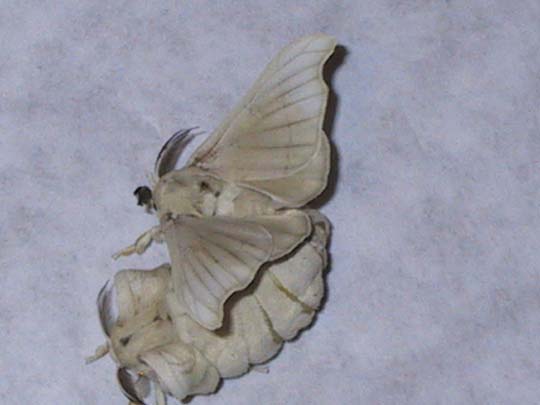Facts About Bombyx mori
The domestic silk moth, Bombyx mori, is a captivating and economically significant insect renowned for its silk production. Silkworms, the larval stage of the moth, primarily consume white mulberry leaves and are predominantly bred for silk. The practice of raising silkworms, known as sericulture, dates back over 5,000 years, originating in China and subsequently spreading to India, Korea, Japan, and Western countries.
Silkworms undergo several stages in their lifecycle: they hatch from eggs, undergo multiple molts, spin cocoons, and eventually emerge as adult moths. Harvesting silk involves unraveling the cocoons, a process that generally results in the death of the larvae, raising ethical concerns among animal welfare advocates. Mahatma Gandhi, for instance, championed the use of Ahimsa silk, which is produced from wild silk moths without harming the larvae.
Researchers have extensively studied silkworms for their biology and genetics, leading to groundbreaking applications in genetic engineering. Scientists have even modified silkworms to produce spider silk and are exploring their potential in medical fields such as tissue engineering and drug delivery systems.
Over the years, silkworms have been domesticated to enhance silk production. Breeding efforts focus on improving traits such as fecundity, disease resistance, and silk quality. Some individuals also raise silkworms as a hobby or for educational purposes, offering a chance to observe the complete lifecycle up close.
The genome of the domestic silk moth has been sequenced, providing valuable insights into its domestication and genetic diversity. Interestingly, in some cultures, silkworms are also considered a delicacy. In countries like China, Korea, Japan, and Vietnam, silkworm pupae are enjoyed as a snack or dish.
Despite their many benefits, silkworms face challenges including susceptibility to diseases caused by fungi and parasites, such as Beauveria bassiana, grasserie, pébrine, and flacherie, which can adversely affect their health and the quality of the silk produced.

 Russia
Russia